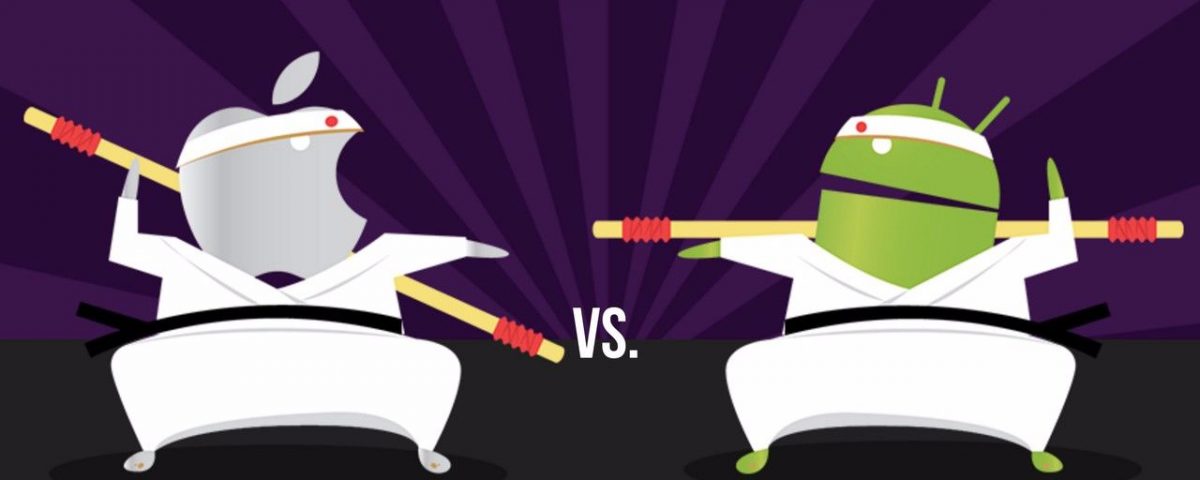iOS vs Android

Google Android and Apple iOS are operating systems used primarily in mobile technology, such as smartphones and tablets. Android, based on Linux and partially open source, is more like PC than iOS, since its interface and basic features are generally more customizable from top to bottom. However, the uniform elements of iOS design are sometimes seen as easier to use.
Many companies struggle to decide which platform to use to develop their application. From the financial point of view, the iOS platform is consistently earning more revenue than Android, but there is more in history, and we need to go deeper to understand what iOS or Android is best for.
The difference between these two operating systems goes far beyond the bits, Android and IOS have cultivated thousands of strong followers. This speaks of a greater difference between them, where Android users are loyal to the operating system, but iOS users are loyal to the company behind the operating system.
• Coding languages
IOS: To develop iOS applications, you must run the Xcode IDE. Xcode is only available on OS X, so you will need a Mac or MacBook to get started. Once Xcode is started, you can encode the application with Swift, Apple’s latest programming language. Or it can be encoded using another language like Objective C or mixed with C ++.
Android: Most Android applications are written using the Java programming language. You can download Android Studio to start coding an application using Java. You also have the option to download the Android NDK and write the application in C and C ++.
• Income Models
Another factor to keep in mind when deciding on the platform is where the majority of your audience is. Android has a higher percentage of apps compatible with ads, while the iOS development platform depends mainly on purchases. Even though iOS makes you pay for the apps, they still earn more revenue with that model.
• Development speed
The speed with which the application can be launched to the market is always a prime concern. In general, it can take 2-3 times more in the development of applications for Android than in the development of iOS applications. Why? It has to do with the system launch cycles and something known as Android fragmentation.
Simply put, Android fragmentation is about a large number of devices within this operating system that come in all shapes and sizes, as well as with large differences in performance level and screen sizes. Another aspect of Android fragmentation is that there are a lot of active versions at the same time. Building an application that is compatible with all those devices is a very difficult task. Therefore, it is crucial to consider deadlines before outsourcing application development.
• Release Cycles
Because Android is blocked by carriers and original equipment manufacturers, it makes their versions more difficult and adopting the latest versions of the operating system is usually slower than with iOS.
For developers, there is the benefit of being able to focus on supporting the latest versions of an operating system. With that, one can reasonably expect to reach a wide audience. If only 10% of users have adopted it, then the developer has to support old devices, do more testing and in this way increase the development cycle time.
With higher iOS adoption rates, developers can stop supporting earlier versions and devices sooner, reduce testing, incorporate newer APIs, and reduce their development cycle times.
• Application costs
To understand how much it costs to make an application for your particular project, you must first decide on the platform. The longer it takes to develop an application, the higher the cost. This combined with the fact that Android applications generate lower revenue compared to iOS, the latter seems to be cheaper to build and will probably bring more revenue.
